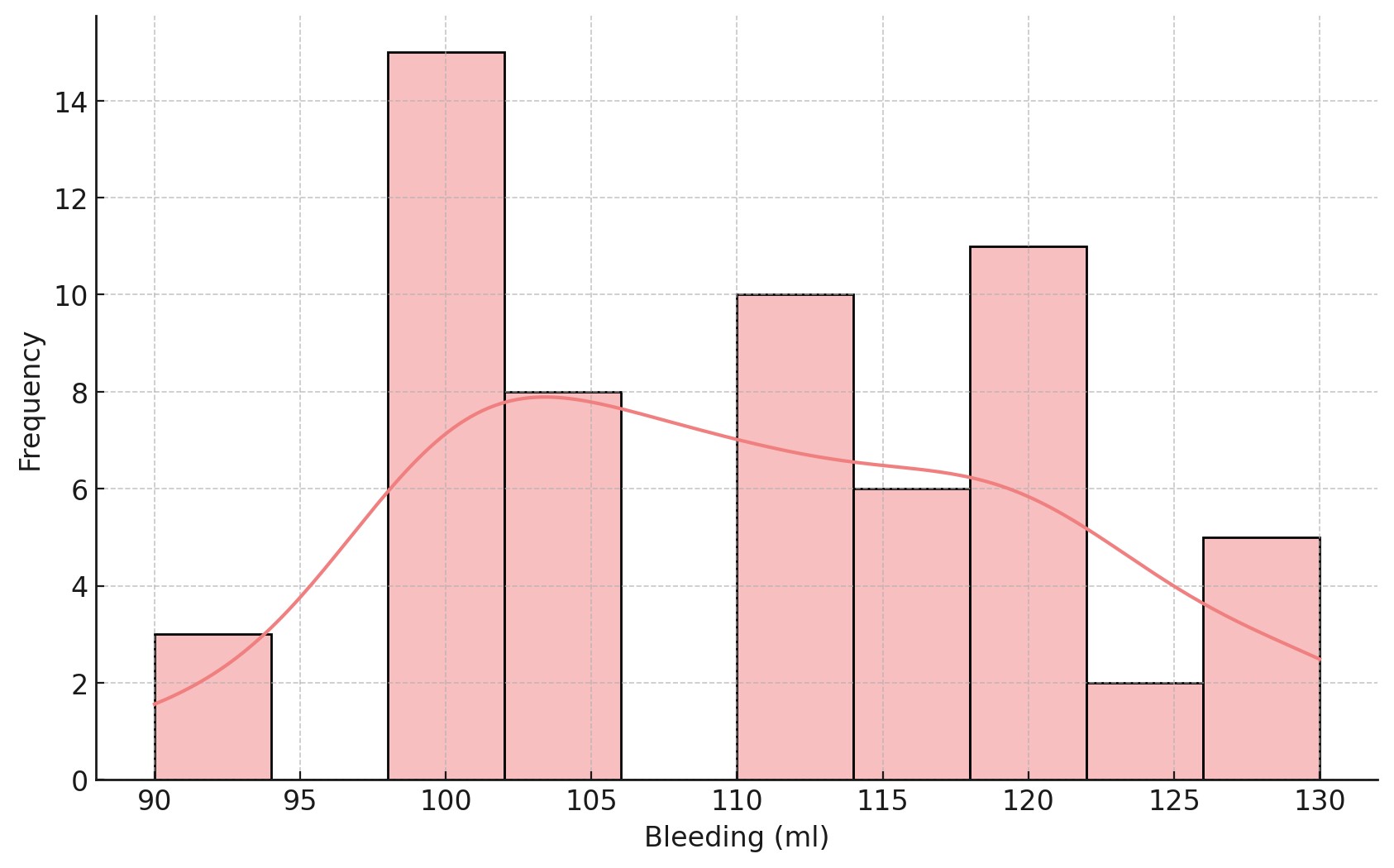Endoscopic Electric Drilling in the Correction of Nasal Septal Spur of the Vomer
Main Article Content
Abstract
Abstract:
Background: Nasal septal spurs (NSS) are a frequent cause of nasal obstruction, headache, and other symptoms. Endoscopic septoplasty (ES), particularly with endoscopic electric drilling (EED), has emerged as a promising alternative to traditional septoplasty, offering superior precision and reducing the incidence of complications. This study aimed to evaluate the effectiveness of EED in the treatment of NSS.
Methods: This prospective study was conducted on a cohort of 60 patients with NSS was treated using EED between March 2022 and February 2024. Preoperative assessments included nasal endoscopy, computed tomography (CT), and medical history. Intraoperative bleeding and operative time were recorded, and postoperative complications were monitored. Symptom improvement was assessed using the NOSE (Nasal Obstruction Symptom Evaluation) score.
Results: The mean age of the participants was 25.17 ± 7.04 years, with male predominance (53.3%). The average operative time was 9.49 ± 1.14 minutes, and the intraoperative bleeding was 110.33 ± 10.57 ml. Postoperatively, NOSE scores decreased significantly from 70.5 to 15.2 (p < 0.001), indicating substantial symptom relief. Only 1.7% of patients developed septal perforation and 1.7% developed synechia, both of which were managed successfully.
Conclusion: EED is a safe, efficient, and minimally invasive technique for correcting nasal septal spurs, providing significant symptom relief with minimal bleeding and a low complication rate. This technique is a promising alternative to traditional septoplasty, particularly for isolated septal spurs. Further studies with larger sample sizes and long-term follow-up are needed to confirm the long-term efficacy of the study.
Downloads
Article Details

This work is licensed under a Creative Commons Attribution-NonCommercial-NoDerivatives 4.0 International License.

